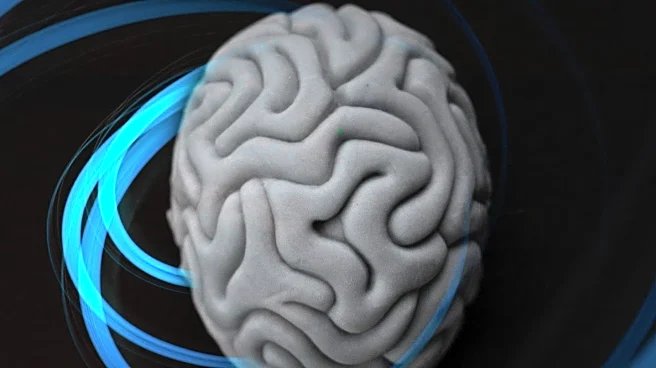What's Happening?
A study published in Nature has explored the use of deuterated choline (2H9-Cho) for metabolic imaging of brain tumors. The research demonstrated that oral administration of 2H9-Cho at a clinical dose
can achieve significant image contrast in rodent models of glioblastoma multiforme (GBM). The study compared the effects of oral and intravenous (IV) administration of 2H9-Cho, finding that oral dosing resulted in a more specific image contrast for cancer metabolism. The research highlights the potential of using deuterated choline as a noninvasive, clinically translatable alternative for metabolic imaging of brain tumors.
Why It's Important?
This development is significant as it offers a noninvasive method for imaging brain tumors, which could improve the diagnosis and monitoring of cancer patients. The ability to achieve high image contrast with oral administration of 2H9-Cho could reduce the need for invasive procedures and enhance patient comfort. Additionally, this method could provide valuable insights into tumor-specific metabolic activity, potentially serving as an early indicator of treatment response. The study's findings could pave the way for integrating metabolic imaging techniques into clinical practice, offering complementary information to existing imaging methods.
What's Next?
Future studies are expected to focus on optimizing the oral dosing regimen and exploring the potential of 2H9-Cho for imaging other tumor types. Researchers may also investigate the feasibility of combining deuterated choline with other imaging agents to enhance diagnostic accuracy. Clinical trials in human subjects will be necessary to validate the findings and assess the utility of this method in patients. The integration of metabolic imaging with standard MRI techniques could provide a comprehensive approach to cancer diagnosis and treatment monitoring.














